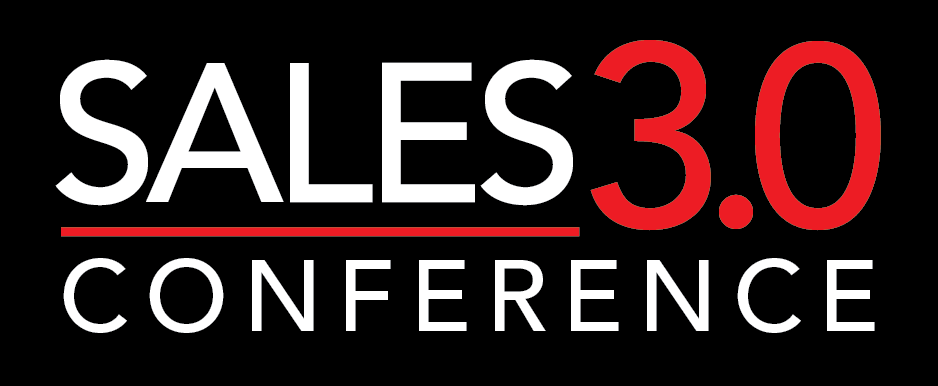The topic of artificial intelligence (AI) currently brings with it a wide range of responses. From curiosity to concern – or, in some cases, sheer enthusiasm – people are in various stages of forming an opinion about what AI will mean for our future.
While this interest and debate are in play, a game-changing wave of AI is fast rolling onshore. As it relates to our world of professional selling, the number of mostly generative AI tools and platforms entering the market with promises to automate time-consuming tasks, create more personalized experiences for prospective clients, and provide deep, analytical insights is staggering.
As it stands today, sales leaders willing to experiment with AI-powered tools are generally doing so with a “plug-and-play” mindset. For most, the idea is to make manageable investments in hopes of realizing gains around efficiency and, ideally, an improved customer experience. These safe bets likely address an obvious, discrete pain such as reducing the time spent writing tailored outbound messages for prospects.
However, the speed at which AI is advancing is unprecedented. As next-gen AI becomes available, it will be more disruptive and promise greater gains – though successful deployment won’t be a simple plug-and-play this time. Odds are that leveraging this new class of AI-driven solutions will require a change to the architecture of our sales organizations. For most companies, getting ready for this operational shift will require a highly strategic plan.
While the full breadth of these new requirements is still coming into view, one thing is certain: Now is the time to address existing, fundamental challenges that continue to reduce optimum productivity in our sales organizations. These include known issues and those lurking in the nooks and crannies. Categorical examples include gaps in buyer intelligence, lack of clarity around GTM plans, sales process defects or issues with adherence, and sub-optimal capability (knowledge, skills, abilities) in customer-facing sales, service, and success roles.
Some sales leaders will see the next wave of disruptive AI gathering steam and will use this foresight and lean in now to correct stubborn, fundamental challenges within their functions. Others will err toward a wait-and-see approach. The payoff for prioritizing this work will be the ability to steer an AI-ready sales organization that is in a position to aggressively integrate the newest technology and, as a result, capitalize on the first-mover, competitive advantage in their respective markets.

Today’s blog post is by Dayna Williams, strategic advisor and author of The Diligence Fix. Dayna writes about sales organization trends and new, integrated ideas that sales leaders can deploy to break through revenue plateaus. Based in the Philadelphia suburbs, Dayna is a super-fan of Philly sports and The Office, and enjoys giving senior rescue pugs a second chance.




